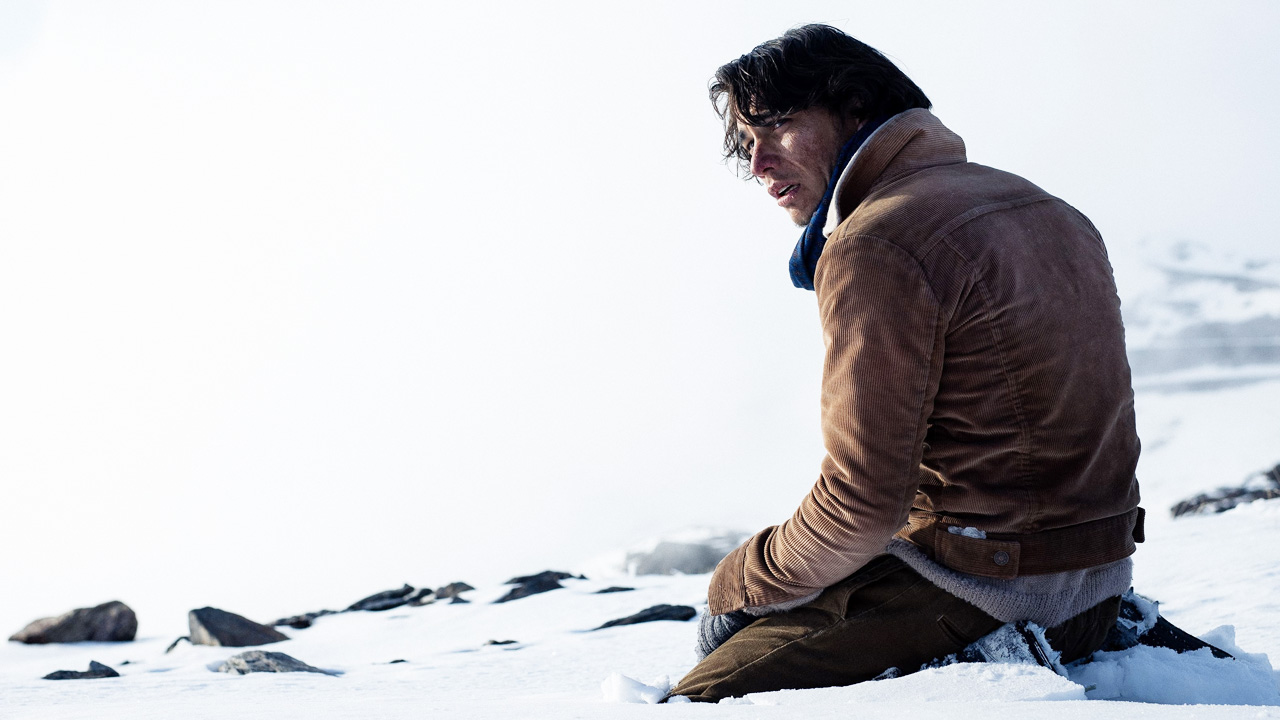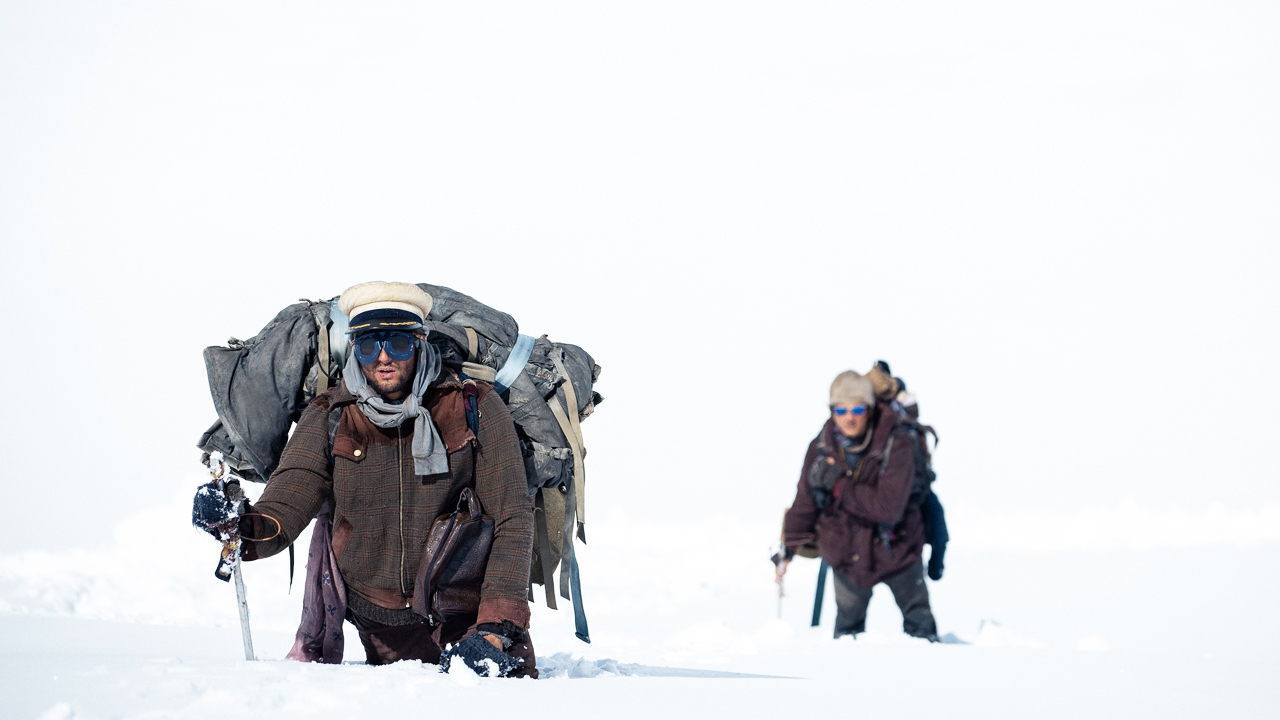Cannibal movies get thoughtful with Netflix’s powerful Society of the Snow

You may already know the chilling true story of the Uruguayan rugby players forced into cannibalism after their plane crashed into an Andes glacier. But, as Luke Buckmaster explains, Netflix’s Society of the Snow skips the lurid stuff, preferring tender moral questions.
A story about plane crash survivors turning to cannibalism might not sound like an idyllic way to start the new year, but J.A. Bayona’s film Society of the Snow—currently all the rage on Netflix—is surprisingly optimistic for a production about humans eating humans. It retells the story of the 1972 Andes plane crash, which stranded survivors for almost two and a half months on a remote glacier high with no food…other than each other. Expect countless shots of characters looking ravaged, ravenous, frostbitten and forlorn.
But despite the grim subject matter the director builds a ruminative space that—like last year’s superb drama The Eight Mountains—looks upwards, in spiritual consultation with the mountains, as if these indomitable formations house their own belief systems, their own kinds of ancient weariness.
Society of the Snow has an inbuilt Lord of the Flies-esque trajectory in that passengers on this ill-fated flight were mostly members and supporters of an amateur Uruguayan rugby team, en route to a game in Chile. Narrator Numa Turcatti (Enzo Vogrincic Roldán), who is one of them, describes his fellow passengers as predominantly young men “lovingly raised in houses near the sea” who are about to experience “their first trip away from home.” Bayona then cuts to smiling family members looking through an airport window, seeing off their children and siblings.
This shot is tinged in melancholia and in fact almost bitterly ironic given our understanding of what happens next. It’s an early indication of Bayona’s self-conscious style, which prioritises a dialogue with the audience over the lived experience of the subjects. Another example of a flourish predominantly for viewers rather than characters is a scene on the plane that drops the old “draw a diagram” trick, with one of young men, pre-crash, picking up a pencil and drawing a basic map of the vessel’s course through the mountains.
But the most obvious example of engaging directly with the audience is Turcatti’s heavy-hearted narration, which comes and goes intermittently and again credits the mountains as having a kind of quasi-divine, intangible, age-old energy: “the more we try to get out, the more the mountains resist,” he says, once the direness of the survivors’ situation has been established. The film is powerful but never gratuitous; Bayona understands that not showing something can be far more impactful. Bodies get hacked to pieces off-screen, sparing us from vision of chopped limbs, though we do see bits of human flesh (and later a ribcage) lined up like chicken filets.
The cast are all engaging, and while nobody emerges as a richly detailed individual character, I didn’t mind that: it’s an ensemble effort, and a story about shared experience, no one person more important than another.

Adapted from a book by Pablo Vierci, the plot doesn’t pussyfoot around, the plane going down in the first 15 minutes and the suggestion of cannibalism raised around the 35 minute mark, signalling the beginning of the second act. This moment evolves into an interesting discussion about consent, reminiscent of the custom of the sea concept (which legitimised cannibalism) and loaded with philosophical questions. Do the dead have a right to not be eaten? Do the living have a right to survive? Bayona understands his job is to raise these questions inside a credible dramatic space rather than propose any answers.
I compare virtually every arctic survival film to The Grey, often rather unfavourably so, given how much I like Joe Carnahan’s great study of masculinity, marketed as a Liam Neeson B-movie about surviving a pack of wolves in remote Alaska. Which was clever: get blokes through the door with the promise of Neeson beating up wild canines, then serve them a poignant exercise chipping away layers of toxic manhood.
Bayona also pulls off an atmosphere of tenderness and profundity. In one scene in Society of the Snow, a character expresses a view presumably shared by the director, describing the crash site as a cemetery. I interpreted this to mean a cemetery for both the dead and the yet to die, a sort of death’s waiting room, which of course makes a befitting space for conversations about mortality. The film’s most interesting message is that a tragedy and a miracle can be the same thing: here a question of whether the story is fundamentally about death or survival.


















